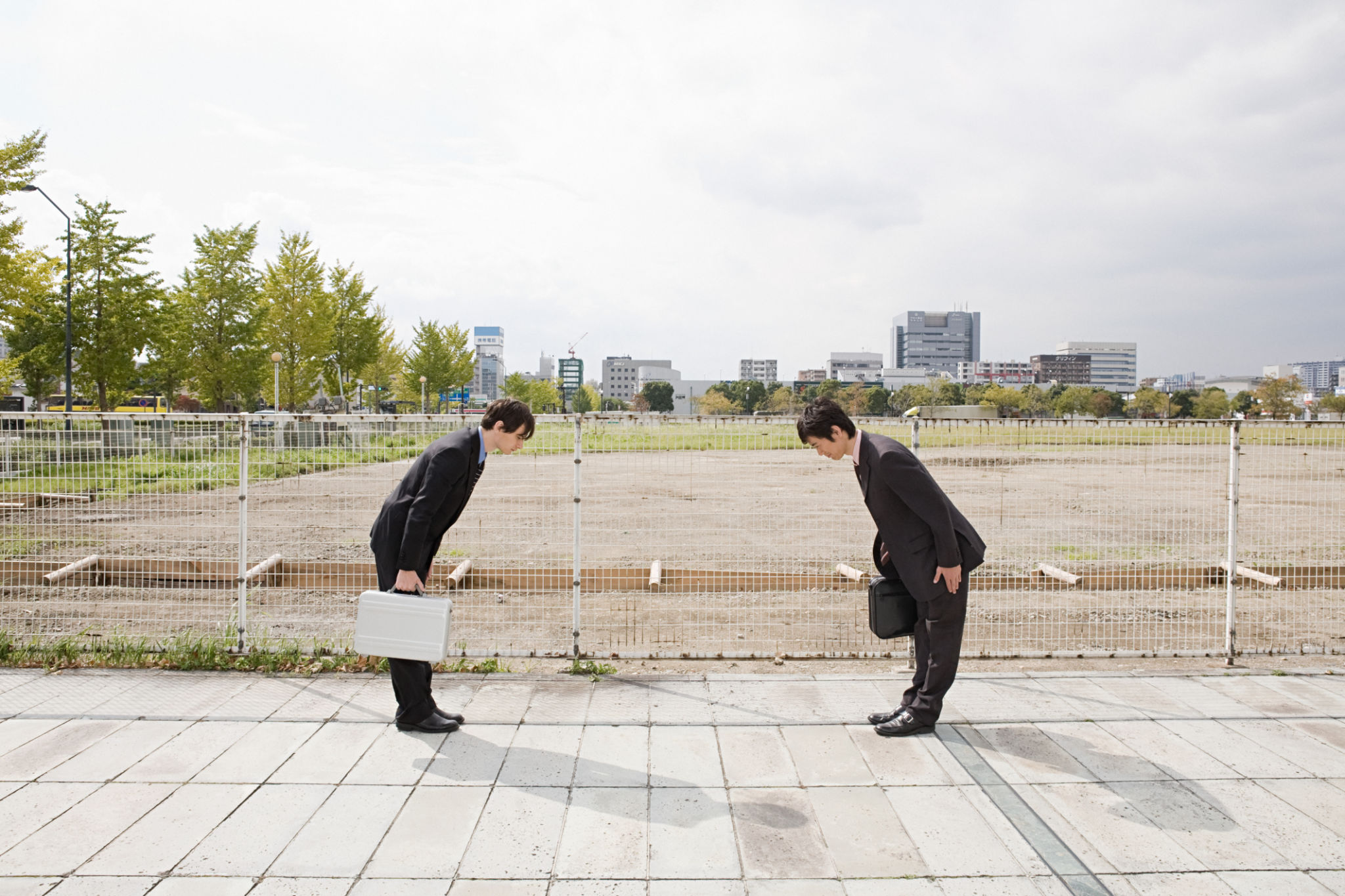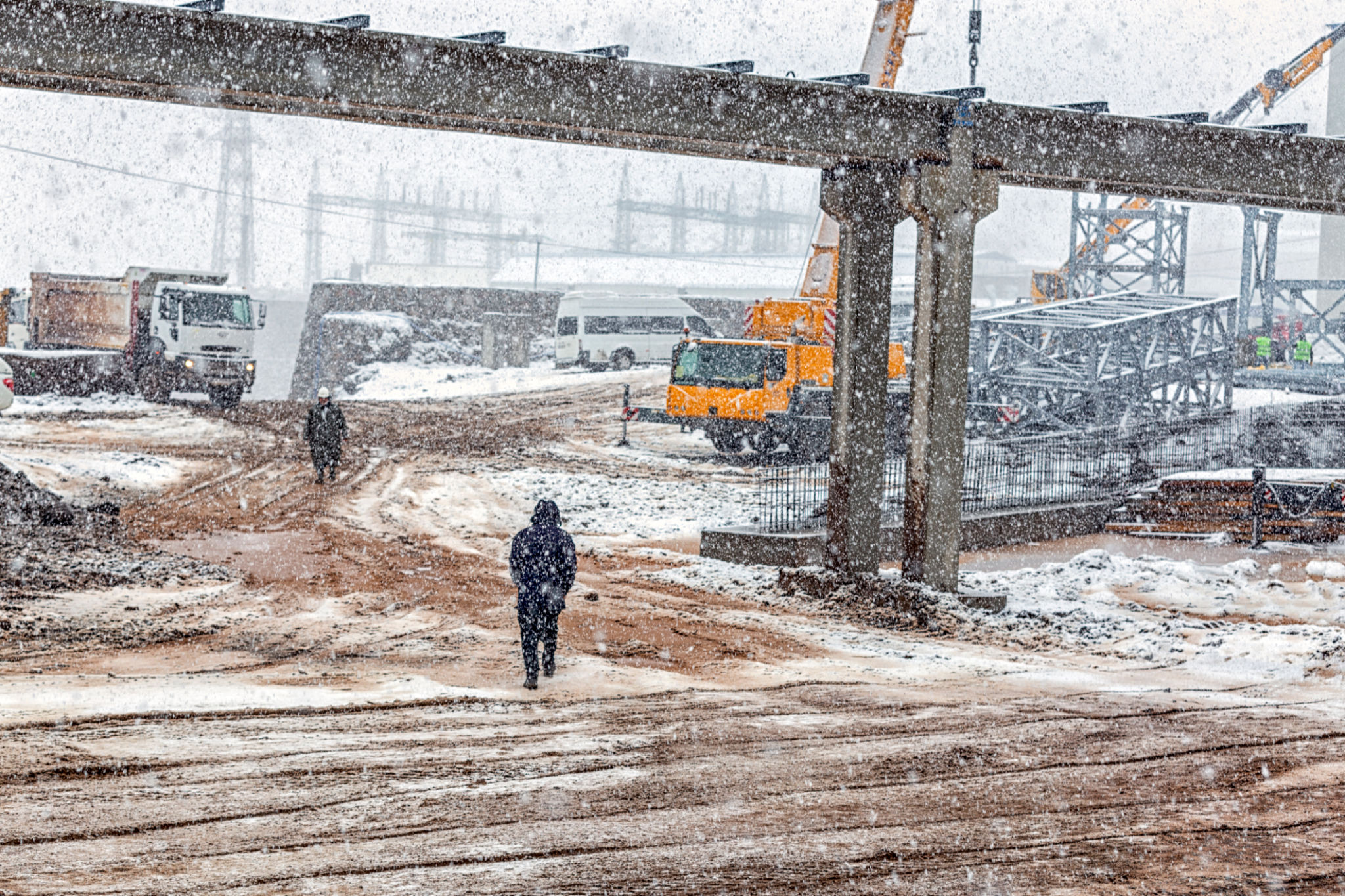Preparing Your Construction Site for Seasonal Changes with Reliable Scaffolding
SM
Understanding Seasonal Challenges in Construction
As seasons change, construction sites face unique challenges that can impact timelines, safety, and project quality. Temperature fluctuations, precipitation, and varied weather conditions demand proactive measures to ensure that construction activities continue smoothly. One critical aspect of this preparation is using reliable scaffolding, which plays a fundamental role in maintaining both safety and efficiency on site.

Scaffolding provides a stable platform for workers, enabling them to perform their tasks at elevated heights safely. As such, ensuring your scaffolding is up to the task of withstanding seasonal changes is essential. This involves selecting the right materials, implementing regular inspections, and adhering to safety standards throughout the project duration.
Choosing the Right Scaffolding Materials
Different materials respond differently to weather changes. For instance, metal scaffolding may contract in cold conditions and expand when it's hot, potentially leading to structural instability. Alternatively, wooden scaffolding might deteriorate faster in wet conditions. Therefore, it's crucial to choose materials that can withstand the specific weather patterns typical of your location.

Aluminum scaffolding is a popular choice due to its durability and resistance to rust and corrosion. Additionally, fiberglass can be an excellent option in areas prone to electrical storms, as it is non-conductive. Selecting the appropriate materials not only extends the life of your scaffolding but also enhances safety on the construction site.
Regular Inspections and Maintenance
Once the right materials are chosen, regular inspections and maintenance become critical. Seasonal changes can lead to unexpected wear and tear on scaffolding structures. Conduct thorough inspections before and after extreme weather events to identify any potential issues such as loose bolts, weakened joints, or rust development.

Implementing a routine maintenance schedule helps address any minor issues before they become major problems. This proactive approach ensures that your scaffolding remains safe and functional, minimizing downtime and reducing the risk of accidents.
Adhering to Safety Standards
Safety standards are in place for a reason, and adhering to them should be a top priority for any construction site manager. These standards provide guidelines on how scaffolding should be erected, maintained, and used, ensuring the safety of all workers involved.
Training workers on these standards is equally important. They should be aware of the correct procedures for assembling and disassembling scaffolding, as well as understanding the potential hazards associated with seasonal changes. Proper training can greatly reduce the likelihood of accidents and improve overall site safety.
Adapting to Weather Conditions
In addition to choosing the right materials and maintaining safety standards, adapting to specific weather conditions is vital. For example, during rainy seasons, ensure that scaffolding platforms have proper drainage to prevent water accumulation. In windy conditions, use additional bracing or tie-downs to stabilize the structure.
By remaining flexible and adapting your strategies based on weather forecasts and seasonal patterns, you can maintain productivity while safeguarding your workers and materials. This proactive approach not only protects your investment but also ensures that your construction projects proceed without unnecessary interruptions.

In conclusion, preparing your construction site for seasonal changes with reliable scaffolding involves a combination of selecting appropriate materials, implementing regular maintenance checks, adhering to safety standards, and adapting to evolving weather conditions. By taking these steps, you can ensure that your construction site remains safe, efficient, and productive year-round.
